Métodos de Curado en la Resistencia a la Compresión y Tracción del Concreto de f’c=35 MPa
Resumen
Esta investigación abordó el problema de determinar los métodos de curado más efectivos para alcanzar las resistencias a la compresión y tracción indirecta deseadas en concretos de alta resistencia f'c=35 MPa. El objetivo fue analizar y comparar la incidencia de tres métodos de curado: inmersión, mantas húmedas y aditivo membranil, en las propiedades mecánicas endurecidas del concreto. Se elaboraron 80 especímenes cilíndricos y se aplicaron los métodos de curado, evaluando las resistencias a 7 y 28 días. Los resultados mostraron que el curado por inmersión fue el más efectivo, alcanzando 43.32 MPa en resistencia a compresión y 4.04 MPa en tracción indirecta a los 28 días, superando a los otros métodos y muestras sin curado. Le siguieron el curado con mantas húmedas y membranil. Se concluyó que el curado es crucial para el desarrollo óptimo de las resistencias, siendo el método por inmersión el más efectivo, aunque la selección debe adaptarse a las condiciones ambientales locales para maximizar las propiedades del concreto.
Descargas
Citas
Abu, M., Kumar, B., Farouk, A., Pandey, S., Hussain, A., Ragab, A., . . . Mozammil, S. (2023). Assessment of the mechanical and durability characteristics of bio-mineralized Bacillus subtilis self-healing concrete blended with hydrated lime and brick powder. Case Studies in Construction Materials, 19. doi:https://doi.org/10.1016/j.cscm.2023.e02672
Abu, M., Kumar, B., Farouk, A., Pandey, S., Hussain, A., Regab, A., & Sultan, S. (2023). Assessment of the mechanical and durability characteristics of bio-mineralized Bacillus subtilis self- healing concrete blended with hydrated lime and brick powder. Case Studies in Construction Materials, 19. doi:https://doi.org/10.1016/j.cscm.2023.e02672
Ahlborn, T., Devin, H., Misson, D., & Erron, P. (2011). Characterization of strength and durability of ultra-high-performance concrete under variable curing conditions. Transportation Research Record, 68-75. doi:https://doi.org/10.3141/2251-07
Alvarado, J. (2020). Variación de la resistencia a la compresión del concreto 210, 245, 280 Kg/cm2 frente a diferentes métodos de curado. Lima, Perú: Repositorio de la Universidad Cesar Vallejo.
American Concrete Institute. (1994). Práctica estándar para el curado del concreto. México: ACI 308-92, Instituto Mexicano del Cemento y del Concreto.
Basem, A., Assem, H., & Sara, S. (2024). Influence of Mixture Compositions on Impact Resistance and Mechanical Properties of Concrete Cured in Cold Temperature Conditions. Journal of Cold Regions Engineering, American Society of Civil Engineers (ASCE). doi:https://doi.org/10.1061/JCRGEI.CRENG-710
Bofu, C., Guoqing, T., Xiaochun, L., Bobo, X., Bin, G., & Bin, T. (2024). Thermal property evolution and prediction model of early-age low-heat cement concrete under different curing temperatures. Journal of Building Engineering. doi:https://doi.org/10.1016/j.jobe.2023.108020
Chaofeng, L., Sicong, W., Zhedong, C., Yangyang, Y., Yueqing, G., Ming-Zhi, G., . . . Zhiming, M. (2024). Effects of CO2 curing methods on frost resistance and mechanical properties of recycled aggregate concrete. Case Studies in Construction Materials, 20(02973). doi:https://doi.org/10.1016/j.cscm.2024.e02973
Comité ACI 308.1. (2007). Standard Specification for Curing Concrete (ACI 308.1). Guide to Curing Concrete (ACI 308R), ACI, en Manual of concrete practice.
Contreras, S., & Velazco, C. (2018). Análisis comparativo del método de curado en especímenes de losas de concreto simple, simulando condiciones constructivas de obra en la ciudad de Arequipa. Arequipa, Perú: Repositorio de la Universidad Nacional de San Agustín de Arequipa, Facultad de Ingeniería Civil.
Cabrera Loayza , K. V. (2024). Transformando la Educación Básica: Retos y Perspectivas de la Inteligencia Artificial . Revista Científica De Salud Y Desarrollo Humano, 5(2), 01–17. https://doi.org/10.61368/r.s.d.h.v5i2.113
Dai, J., Wang, Q., Bi, R., Wang, C., Han, Z., Du, W., & Ziyu, C. (2022). Research on influencing factors and time-varying model of thermal conductivity of concrete at early age. Construction and Building Materials, 315(125638). doi:https://doi.org/10.1016/j.conbuildmat.2021.125638
Disheng, X., Jinhui, T., Xiang, H., Cheng, Y., Fangyu, H., & Shengwei, S. (2023). The influence of curing regimes on hydration, microstructure and compressive strength of ultra-high performance concrete: A review. Journal of Building Engineering, 76(107401). doi:https://doi.org/10.1016/j.jobe.2023.107401
Da Silva Santos , F., & López Vargas , R. (2020). Efecto del Estrés en la Función Inmune en Pacientes con Enfermedades Autoinmunes: una Revisión de Estudios Latinoamericanos. Revista Científica De Salud Y Desarrollo Humano, 1(1), 46–59. https://doi.org/10.61368/r.s.d.h.v1i1.9
Fan, L., Zhang, Z., Yu, Y., Li, P., & Cosgrove, T. (2017). Effect of elevated curing temperature on ceramsite concrete performance. Construction and Building Materials, 423-
doi:https://doi.org/10.1016/j.conbuildmat.2017.07.050
Fernández, L. (2010). Proposal to impact the efficiency of on-site curing. Buenos Aires, Argentina: Revista Concreto y Cemento, Investigación y desarrollo, vol. 1, núm. 2.
Gou, J., Zhou, Z., Zhang, Z., Tang, J., Li, X., & Zou, Y. (2024). Effects of alternating positive and negative temperature curing on the mechanical properties of ultra-high performance concrete. Case Studies in Construction Materials, 20. doi:https://doi.org/10.1016/j.cscm.2023.e02752
Jian, B., Xiag, D., Sun, C., & Jun, C. (2016). Effect of curing parameters on CO2 curing of concrete blocks containing recycled aggregates. Cement and Concrete Composites, 122-130. doi:https://doi.org/10.1016/j.cemconcomp.2016.05.002
Jong-Sup, P., Young, K., Jeong, C., & Se-Jin, J. (2015). Early-age strength of ultra-high performance concrete in various curing conditions. 8(8), 5537-5553. doi:https://doi.org/10.3390/ma8085261
Kai-zheng, G., Gao, Z., Yang, L., Jun, Y., & Qing, D. (2024). The mechanism of curing regimes on the macroscopic properties and microstructure of ultra-high performance concrete with lightweight aggregates. Journal of Building Engineering, 82(108236). doi:https://doi.org/10.1016/j.jobe.2023.108236
Kay, W., Naaman, A., & Parra, G. (2011). Ultra-high performance Concrete with compressive strength exceeding 150 MPa (22 ksi): A simpler way. ACI Materials Journal, 46-54. Obtenido de https://www.scopus.com/record/display.uri?eid=2-s2.0-79951736352&origin=resultslist#abstract
Kwangmo, L., Kyongchul, K., Kyungtaek, K., & Gumsung, R. (2022). The Time-Dependent Effect in Ultra High-Performance Concrete According to the Curing Methods. Materials, 15(5066). doi:https://doi.org/10.3390/ma15145066
Liang, C., Pan, B., Ma, Z., He, Z., & Duan, Z. (2020). Utilization of CO2 curing to enhance the properties of recycled aggregate and prepared concrete: A review. Cement and Concrete Composites, 105(103446). doi:https://doi.org/10.1016/j.cemconcomp.2019.103446
Magureanu, C., Sosa, L., Negrutiu, C., & Heghes, B. (2012). Mechanical properties and durability of ultra-high-performance concrete. ACI Materials Journal, 109, 177-184. Obtenido de https://www.scopus.com/record/display.uri?eid=2-s2.0- 84864198414&origin=resultslist
Menéndez, E., Geso, H., & García, F. (2013). Mechanical behavior of low w/c ratio concretes cured by water or steam. Materiales de Construcción, 63 (311). doi:https://doi.org/10.3989/mc.2013.00313
Na Solimán, A. (2017). Partial substitution of silica fume with fine glass powder in UHPC: Filling the micro gap. Constrution and Building Materials, volumen 139, pag. 374-383. doi:https://doi.org/10.1016/j.conbuildmat.2017.02.084
Ozer, B., Ozkul, & Hulusi. (2004). The influence of initial water curing on the strength development of ordinary portland and pozzolanic cement concretes. Cement and Concrete Research, 34, 13-18. doi:https://doi.org/10.1016/S0008-8846(03)00185-6
Radlinska, A., Weiss, W., & Nilenius, F. (2013). Rheological behavior of concrete exposed to aggressive sulfuric acid solutions. Cement and Concrete Composites, 35(1), 181-188.
Rai, B., & Wille, K. (2024). Time-dependent properties of steam cured non-proprietary ultra high-performance concretes. Case Studies in Construction Materials, 20. doi:https://doi.org/10.1016/j.cscm.2023.e02760
Rivera, R., & Rivera, J. (2002). Effect of Curing in a high Temperature Environment on Compressive Strength of Concrete Incorporating Different Complementary Cementitious Materials. Proceedings, ACI Fifth International Conference. Obtenido de https://deploy.studylib.es/doc/7929107/influencia-del-curado-h%C3%BAmedo-en- la-resistencia-a-compresi...
Rojas, L. (2021). Influencia de los métodos de curado en la resistencia de losa de concreto de f'c=210 Kg/cm2, Lima, 2021. Lima, Perú: Repositorio de la Universidad Cesar Vallejo.
Romero Henríquez , L. F. (2024). Hacia una concepción social de la salud mental y su importancia en los ambientes escolares. Estudios Y Perspectivas Revista Científica Y Académica , 4(1), 119–133. https://doi.org/10.61384/r.c.a.v4i1.87
Romero Henríquez , L. F. (2024). Hacia una concepción social de la salud mental y su importancia en los ambientes escolares. Estudios Y Perspectivas Revista Científica Y Académica , 4(1), 119–133. https://doi.org/10.61384/r.c.a.v4i1.88
Salhi, M., Ghrici, M., Li, A., & Bilir, T. (2017). Effect of curing treatments on the material properties of hardened self-compacting concrete. Korean Science, Researchgate. doi:https://doi.org/10.12989/acc.2017.5.4.359
Seo, J., Park, S., & Lee, H. (2018). Evolution of the binder gel in carbonation-cured Portland cement in an acidic medium. Cement and Concrete Research, 109, 81-89. doi:https://doi.org/10.1016/j.cemconres.2018.03.014
Seonhyeok, K., Namkon, L., & Park, S. (2021). Experimental and theoretical studies of hydration of ultra-high performance concrete cured under various curing conditions. Construction and Building Materials, 278.
doi:https://doi.org/10.1016/j.conbuildmat.2021.122352
Solís, R., & Moreno, E. (2005). Influencia del curado húmedo en la resistencia a compresión del concreto en clima cálido subhúmedo. Mérida, México: Revista Académica Ingeniería, vol. 9, núm. 3. Obtenido de
https://www.researchgate.net/publication/294582146_Influencia_del_curado_hume do_en_la_resistencia_a_compresion_del_concreto_en_clima_calido_subhumedo
Wang, T., Gao, X., Li, Y., & Liu, Y. (Julio de 2024). An orthogonal experimental study on the influence of steam-curing on mechanical properties of foam concrete with fly ash. Case Studies in Construction Materials, 20. doi:10.1016/j.cscm.2023.e02665
Weifeng, B., Deqian, Y., Chenyang, Y., Junfeng, G., Chaopeng, X., & Kelei, C. (2024). The effect of curing age on mechanical properties and mesoscopic damage mechanism of recycled aggregate concrete modified with zeolite powder. Jounal of Building Engineering, 85(108694). doi:https://doi.org/10.1016/j.jobe.2024.108694
Xiangbo, X., Zuquan, J., Yong, Y., & Ning, L. (2022). Impact properties of Ultra High Performance Concrete (UHPC) cured by steam curing and standard curing. Case Studies in Construction Materials, 17(01321). doi:https://doi.org/10.1016/j.cscm.2022.e01321
Yanping, Z., Yang, Z., Husam, H., Jianhui, L., & Genda, C. (2020). Experimental study and theoretical prediction on shrinkage-induced restrained stresses in UHPC-RC composites under normal curing and steam curing. Cement and Concrete Composites, 110(103602). doi:https://doi.org/10.1016/j.cemconcomp.2020.103602
Zambrano, L., Alava, R., Ruiz, W., & Menéndez, E. (2022). Aplicación de métodos de curado y su influencia en la resistencia a la compresión del hormigón. Revista Gaceta Técnica, Artículo de Investigación, 23(1) . doi:https://doi.org/10.51372/gacetatecnica231.4
Zhao, Q., Liu, X., & Jiang, J. (2015). Effect of curing temperature on creep behavior of fly ash concrete. Construction and Building Materials, 96, 326-333. doi:https://doi.org/10.1016/j.conbuildmat.2015.08.030
Zou, P., Chang, H., Wang, F., Cai, Y.-L., Zhang, Z., & Zhao, Z. (2024). Effect of steam curing scheme on the early-age temperature field of a prefabricated concrete T-beam. Case Studies in Construction Materials, 20.
doi:https://doi.org/10.1016/j.cscm.2023.e02787
Zou, X., Zhang, Y., Liu, B., Xu, X., Lu, Z., & Jiang, W. (14 de Noviembre de 2023). Study on mechanical properties and ratio parameter optimization of fly ash wet shotcrete under the influence of multiple factors. Case Studies in Construction Materials. doi:https://doi.org/10.1016/j.cscm.2023.e02679
Derechos de autor 2024 Salinas Acuña Frank Agustín, Flores Granados Hugo

Esta obra está bajo licencia internacional Creative Commons Reconocimiento 4.0.

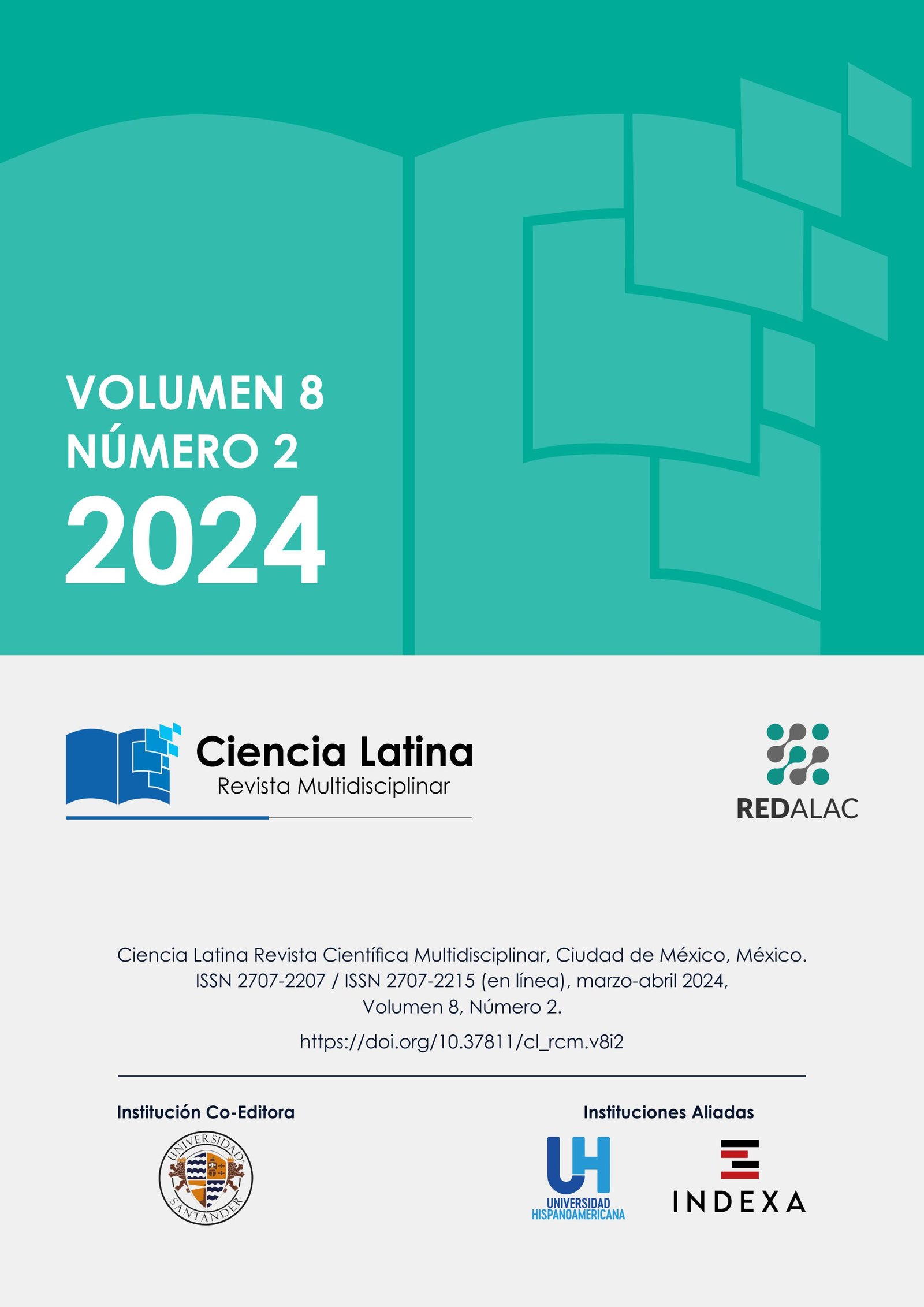




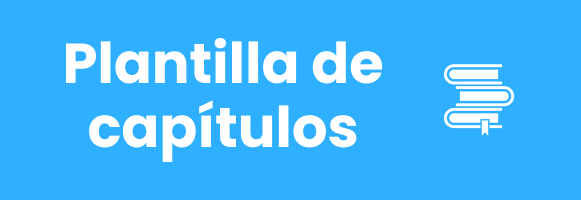






.png)
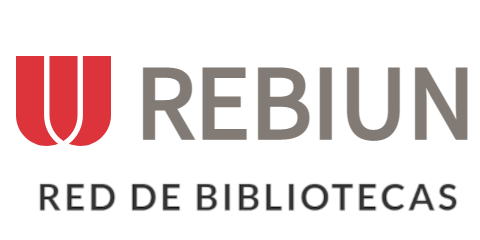







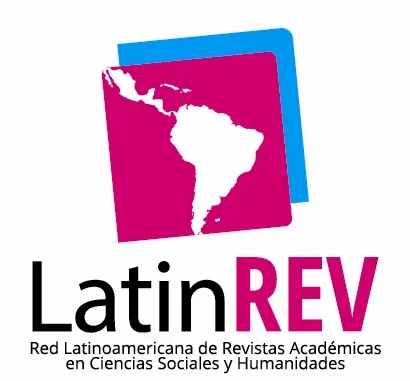

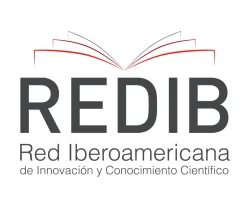


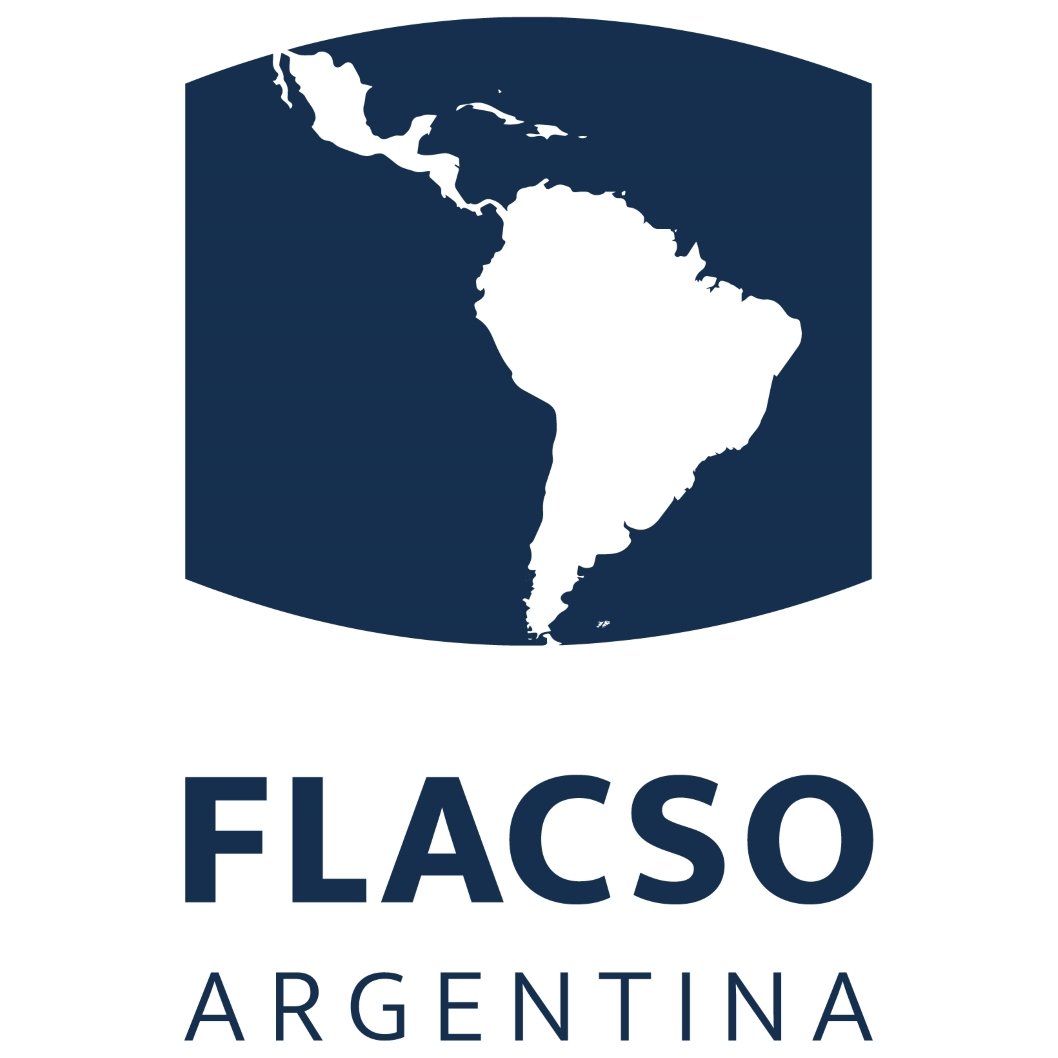

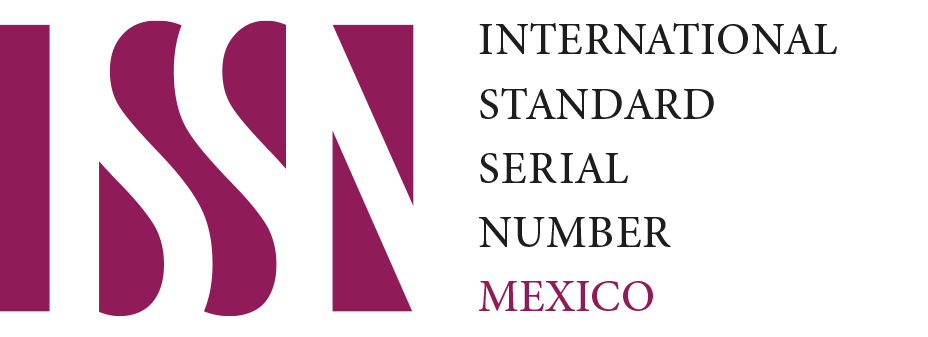




.png)
1.png)


